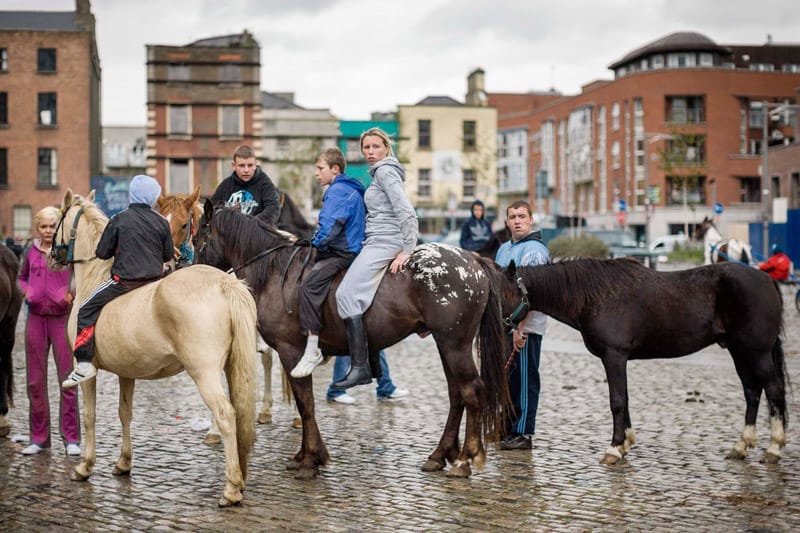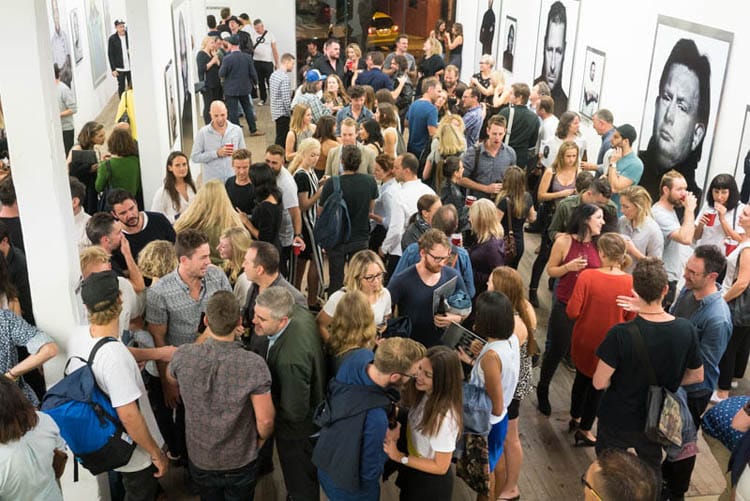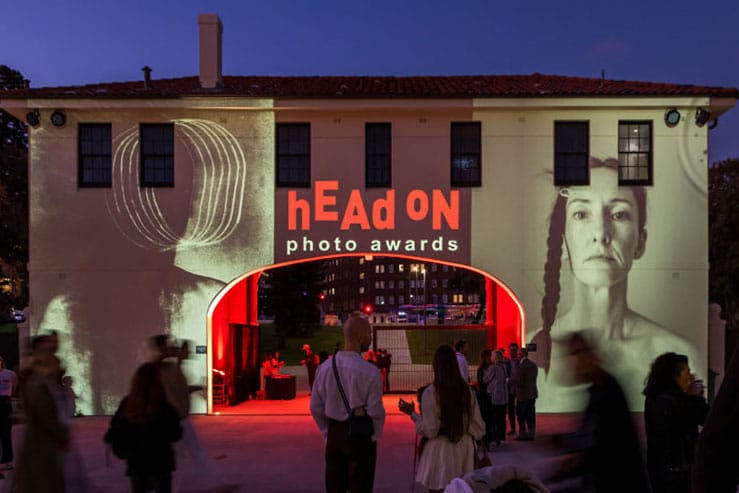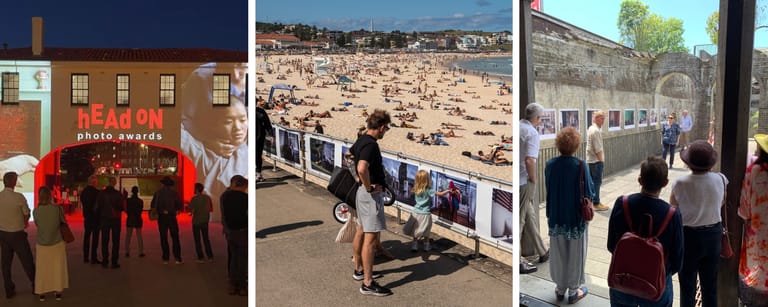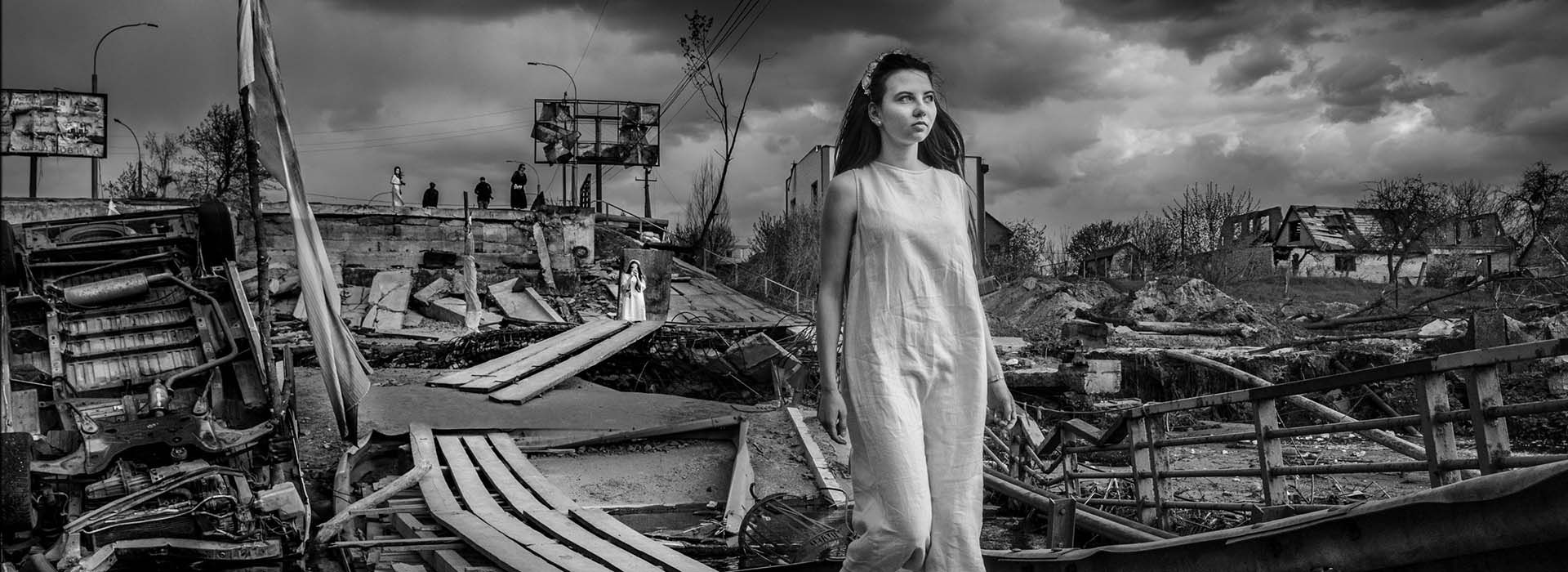First off I would like to thank Head On for choosing my work as a featured exhibition for this years festival and I’m honored to be writing a guest blog post.
My Exhibition “Irish Horse” opens at 5.30pm on 21 May Wednesday at Brenda May Gallery, 2 Danks St Waterloo.
After almost 5 years living in Australia I returned home to Ireland and found myself looking at my own country with fresh eyes. I decided to document one aspect of traditional Irish culture that has remained largely unchanged for hundreds of years but will most likely soon fade into the history books – Irish Gypsies and their pet horses.
I grew up in Limerick city in the Prospect and Moyross housing estates. I remember as a child other families who kept horses in makeshift stables and rough shelters on the estates. My mother often warned me to stay away from these families. “Crazy, dangerous people that you didn’t want to associate with” she would say. They were settled Irish gypsies and often known as ‘travellers’.
The story of Irish gypsies and their horses is part of Irish culture largely undiscussed. Horse ownership on these city housing estates is often not without other inherent problems stemming from unemployment and poverty, but I wanted to reflect in this project a more positive side. For many of the young people the care for their pet horse is a positive and nurturing experience and gives hope where very little may exist. During my five years working on this project, I developed friendship, trust and respect for these misunderstood and often marginalised people.
Most of the riders I photographed have no formal equestrian training. I have met many fearless, competent riders all of whom are down to earth, kind hearted people who love their horses. I have photographed everyone from tweed suited older gentlemen, to the travelers and gypsies living in their caravans, to the tracksuit clad youth from the estates and nearby working class suburbs – teenagers keen to show off their ponies and bare back riding skills on the cobbled stone squares and city streets.
This project focuses on the annual rural horse fairs of Ballinasloe, Puck and Spancil Hill, and the monthly inner-city Smithfield (horse) Fair in Dublin. The traders are Ireland’s farming community and travellers – Irish Gypsies – who meet to socialise, swap stories and buy and sell horses. Some are also looking for wives or husbands. Rural fairs like Ballinasloe and Spancil Hill have been held in the same field, on the same date, each year for centuries. In contrast, Dublin’s inner-city Smithfield Fair is one of the city’s oldest traditions dating back to the 17th century. Held on the first Sunday of each month this chaotic meeting brings together travellers and the city’s underprivileged in one cobblestone square.
The location of this Fair has stayed the same for centuries while the city development has grown up all around it. Once the sight of a traditional sprawling marketplace the square is now completely surrounded by modern apartment blocks and shopping developments. New residents and local authorities are keen to close this historical market and in an attempt to control ownership of the horses, the Irish government is more strictly imposing The Control of Horses Act, 1996 which will ultimately lead to the extinction of this unique and fascinating sub-culture.
James Horan’s Exhibition “Irish Horse” opens at 5.30pm on Wed 21 May at Brenda May Gallery, 2 Danks St Waterloo.








